















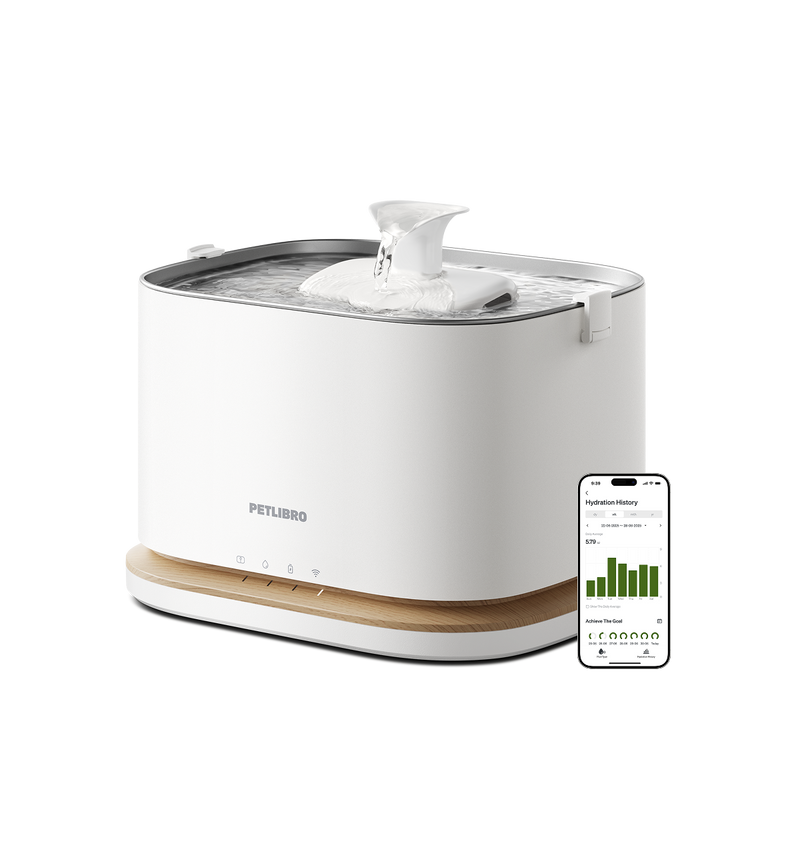
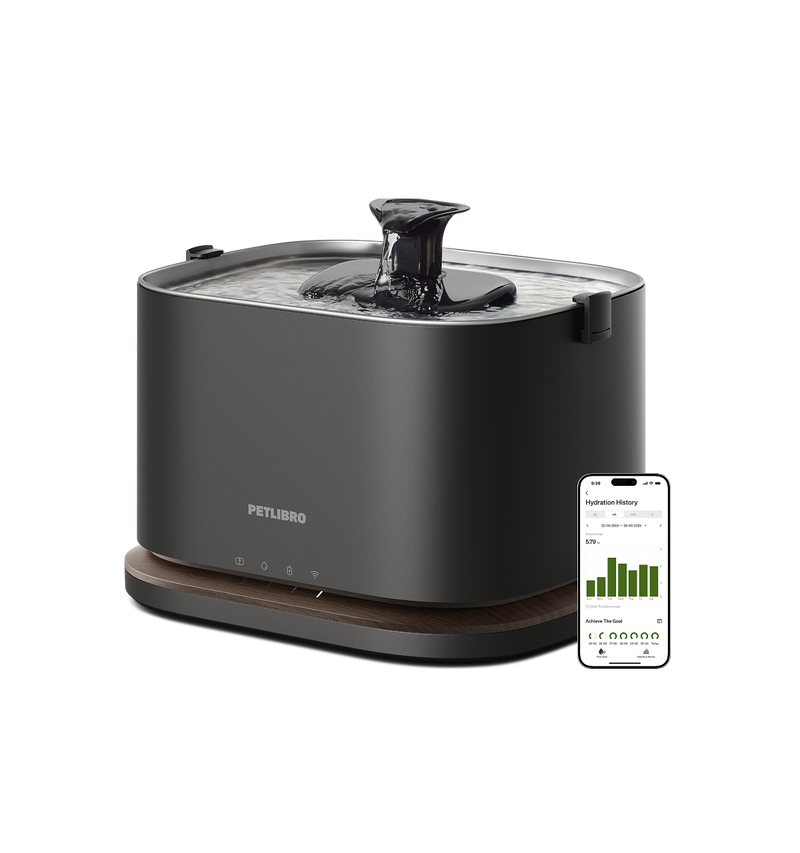
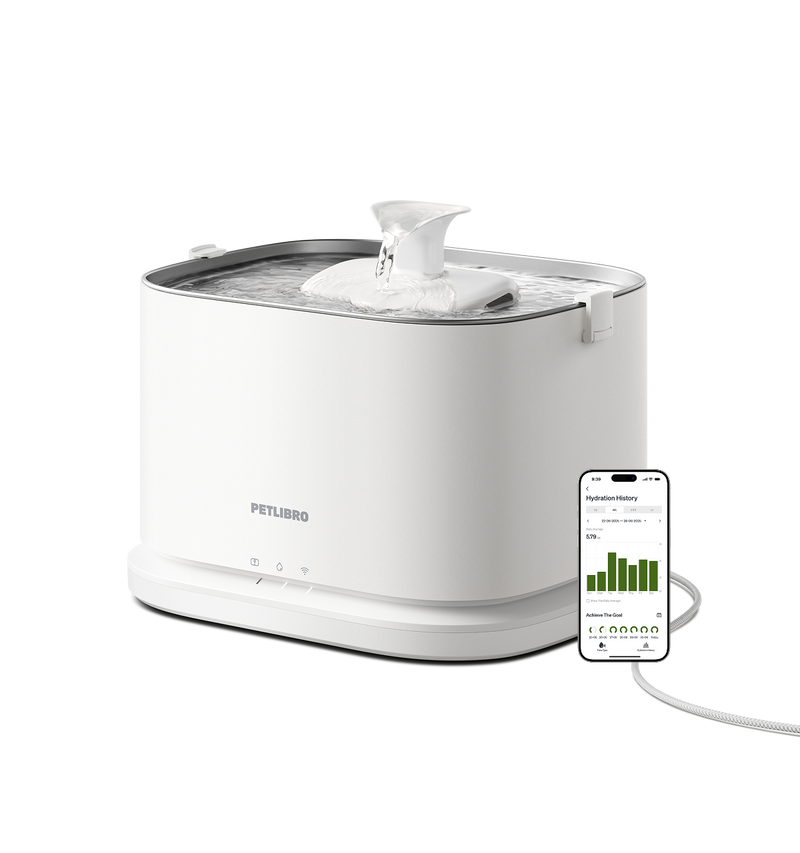
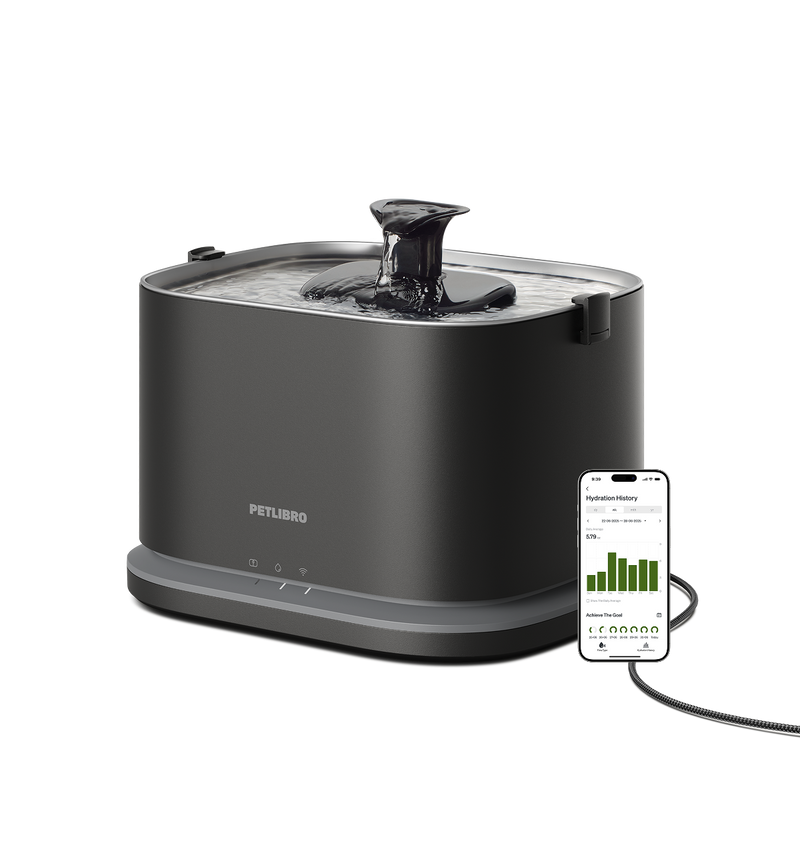










By subscribing, you agree to receive email marketing from Petlibro. Privacy Policy | Terms of Service


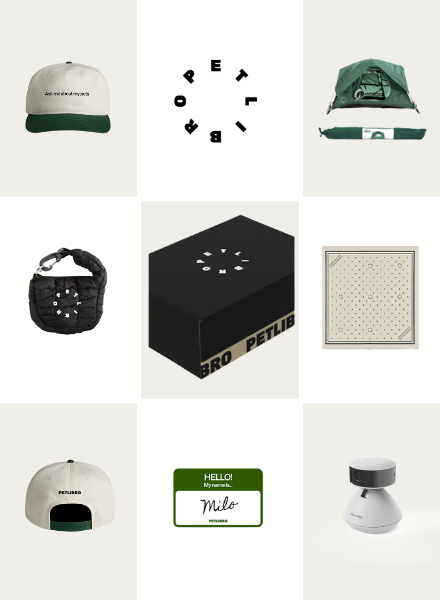

Open to legal U.S. residents, 18 years or older. Void where prohibited. Giveaway begins on 08/26/2025 and ends on 09/15/2025 at midnight PST. Three winners will each receive a limited-edition Petlibro PR Kit, which includes the Scout Smart Camera and select branded merch. Winners will be chosen at random and notified via Instagram or email (depending on entry format) by 09/30/2025. If a winner does not respond within 48 hours, another may be selected. Odds of winning depend on the total number of eligible entries received. Only one email entry per person will be counted, though additional entries may be submitted through the bonus methods described above. Petlibro is not liable for any issues that arise from participation or use of the prize. Personal information will be collected and handled in accordance with our Privacy Policy.


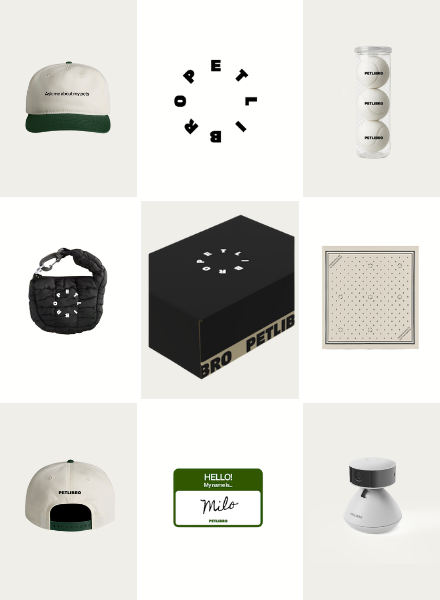
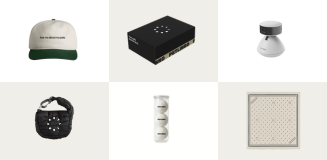
Open to legal U.S. residents, 18 years or older. Void where prohibited. Giveaway begins on 08/26/2025 and ends on 09/15/2025 at midnight PST. Three winners will each receive a limited-edition Petlibro PR Kit, which includes the Scout Smart Camera and select branded merch. Winners will be chosen at random and notified via Instagram or email (depending on entry format) by 09/30/2025. If a winner does not respond within 48 hours, another may be selected. Odds of winning depend on the total number of eligible entries received. Only one email entry per person will be counted, though additional entries may be submitted through the bonus methods described above. Petlibro is not liable for any issues that arise from participation or use of the prize. Personal information will be collected and handled in accordance with our Privacy Policy.


Fresh, clean drinking water is one of the most important things to provide for your cat's health. While it may seem trivial, regularly washing and changing your cat's water is essential to preventing the spread of bacteria, viruses, and parasites. Too often, cat parents don't realize how quickly their kitty's water bowl can accumulate harmful germs and become contaminated.
To keep your cat's water fresh and avoid contamination, veterinarians recommend following these general cleaning guidelines:
Of course, these are general timelines. You may need to adjust the frequency based on factors unique to your cat and its environment. Sticking to a consistent schedule is key for maintaining proper water hygiene. Don't forget to change the water.

While the general guidelines provide a good baseline, there are several factors that play a role in determining just how often your cat's water bowl needs washing:
Adjust the schedule based on these factors to meet your specific cat's water hygiene needs. When in doubt, err on the side of caution and wash the bowl more often.

While diligently washing your cat's water bowl is crucial, you can also improve your feline's hydration by using a water fountain. Some details you would like to know: Water Bowls vs Drinking Fountains.
Cat fountains provide a constant circulating stream of filtered water, unlike a stagnant bowl. The moving water encourages cats to drink more, since it mimics natural drinking sources.
The constant circulation also inhibits bacterial growth. The filtration removes contaminants and debris that would normally accumulate in standing water.
However, water fountains still require regular cleaning like a normal bowl. Follow the manufacturer's directions for changing filters and cleaning the pump. Scrub the fountain weekly to prevent biofilm buildup.
By combining a fountain with proper water bowl hygiene, you can optimize hydration for your cat's health and happiness. The fountain encourages drinking, while cleanings curb bacteria spread. Together, they ensure your cat stays healthy and well-hydrated.
Proper water bowl hygiene is imperative for any cat owner. By washing your cat's water bowl frequently, you can help prevent the spread of harmful bacteria, viruses, parasites, and other contaminants. Make sure to clean the bowl thoroughly each day with hot water and pet-safe soap, disinfect weekly with diluted bleach or vinegar, and do a deep scrub monthly.
Consider adding a water fountain to encourage your cat to drink more. Fountains provide filtered, circulating water. Combining fountain use with diligent bowl washing is ideal for feline health. Proper water hygiene is one of the best investments you can make in your feline companion's wellbeing.